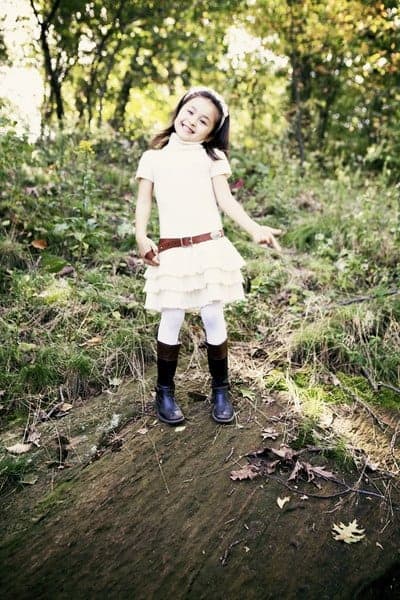IMPROVE YOUR KID’S PHOTOGRAPHY, WITHOUT NEW GEAR (PART II)
June 3, 2015
 You’re back! I suppose that means that you found last week’s tips on improving your photography without buying new year useful and now you’re looking for more. Excellent – let’s get started:
You’re back! I suppose that means that you found last week’s tips on improving your photography without buying new year useful and now you’re looking for more. Excellent – let’s get started:
Start a challenge
Rather than trying to photograph anything and everything, try focusing your efforts with a challenge or photography project. You can start small: one photo every day for seven days. Pick a subject, a mood, a color and strive to make each photo fit with your chosen theme. It doesn’t have to be a single photo, feel free to take a series and cull it down to your best few shots each day.
Better yet, get a group of hobby photographers together so you can all enjoy taking photos and sharing the results. Here are some ideas to get you started:
Look at other photographers
Many of the world’s most iconic photographers get buy with a limited amount of gear – so why can’t you? Take a look of what other photographers have done with a single lens and limited extraneous gear, it may help you realize that you don’t need to break the bank with a ton of new gear.
Photographers to follow on Google+
48 photographers to follow on 500px
Follow photographers that shoot similar subjects, but keep an eye out for photographers who are doing things differently – they may inspire you to break out of your current style and try something new and exciting.
Books are also a great way to find inspiration without the need for new gear, and your local library is likely full of great photography books going back 50 years or more. Spend a few hours browsing and take out a few books to browse at home.
Did I mention that I have a few books? You can check them out on Amazon, or ask your library to bring them in. You may also want to check out thrift stores and garage sales for deals on books you want to keep on hand over the long term.
Take a trip with a photographer
Many professional photographers offer photography trips – where the photographer takes you to a location and guides you through the photo-taking process. What you’ll learn here is invaluable, the photographer will walk you through framing, exposure settings, etc., as well as adjustments to make to compensate for your particular set of gear.
Whether local or international, a photography trip can be just the ticket to jump start your inspiration and provide the tools to keep taking great photos with the gear you have. For portrait photography you can often find photographers willing to work outdoors or in studio with you to help you learn to create fantastic images.
Cut back on editing
We all know that it’s not vital to get things perfect “in-camera,” as we can always fall back on today’s powerful editing programs to correct issues. The problem here is when we start to depend too much on editing and stop using the primary tool, the camera, to create the image.
If you currently depend on RAW files to give you more data to work with when editing, try switching back to JPEG files (of course, if you have to photograph a wedding or major event you may want to wait or do both). The limited ability to manipulate JPEG files may help you to think twice about every shot you take, to ensure that exposure, white balance, and framing is as correct as you can get it.
Using a smaller memory card can also help tune your focus, as you’ll know you can’t just hold down the shutter button and hope that somewhere in the melee a perfect image will be captured. As an added bonus, you’ll spend less time culling photos so you can have more time to take photos and enjoy the resulting images – so more photos will end up actually being viewed in your home, a photo album, or online (rather than gathering dust on your hard drive).
That’s it for now – I’m sure there’s many more tips to come, but for now grab your camera and get out there!